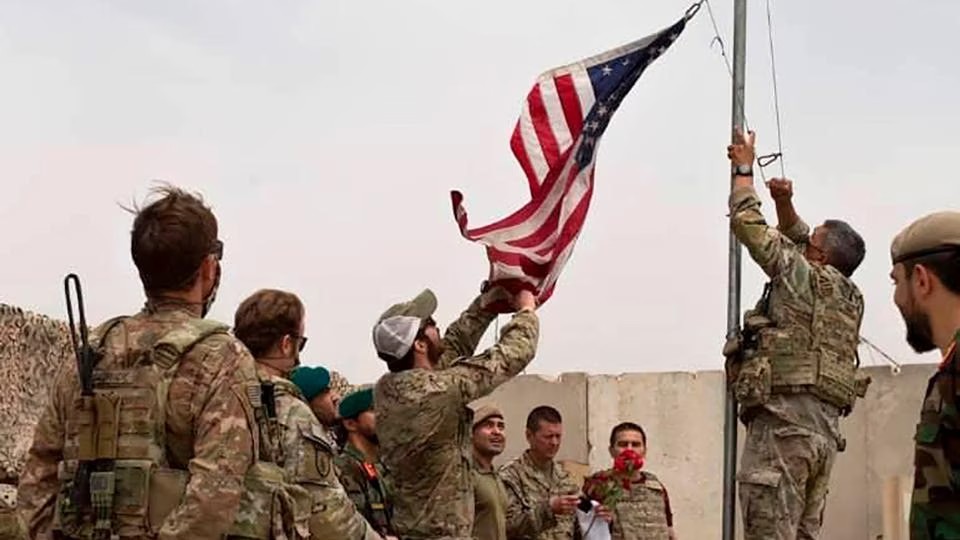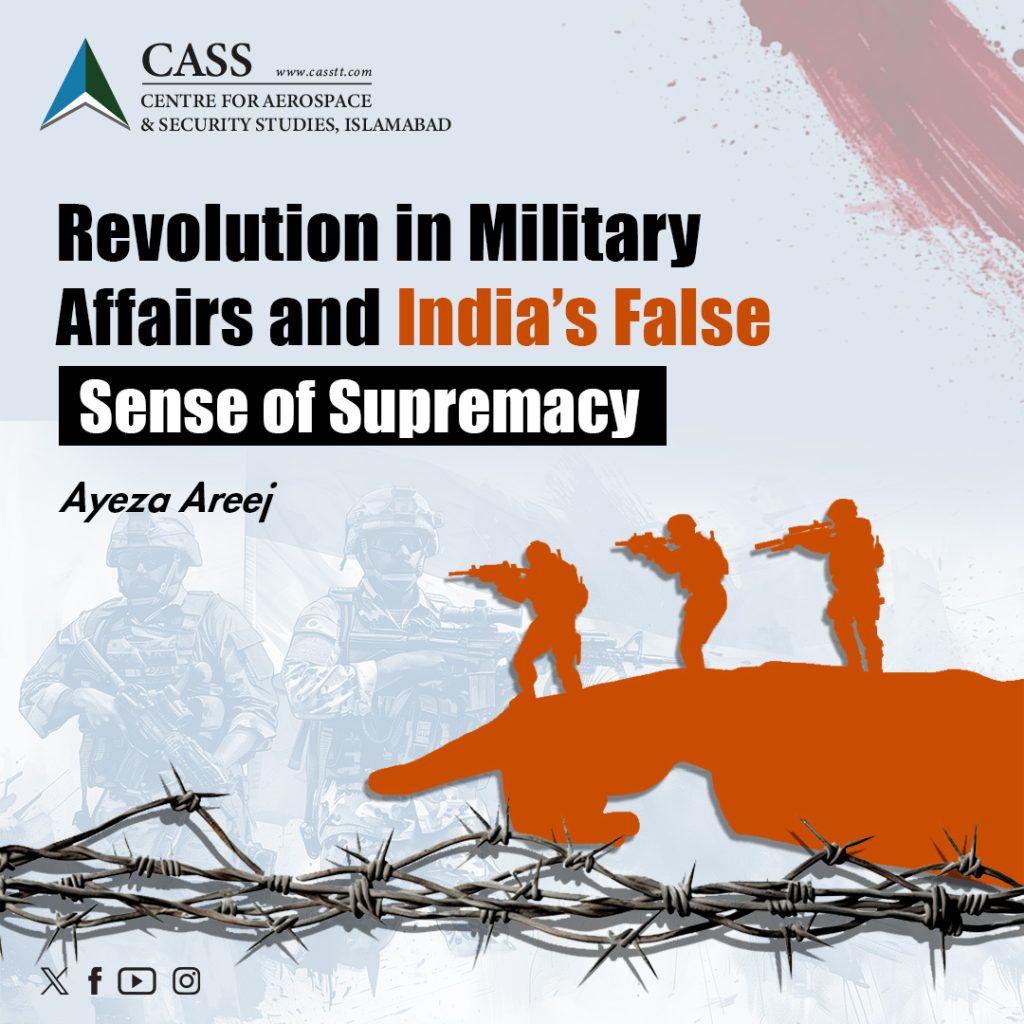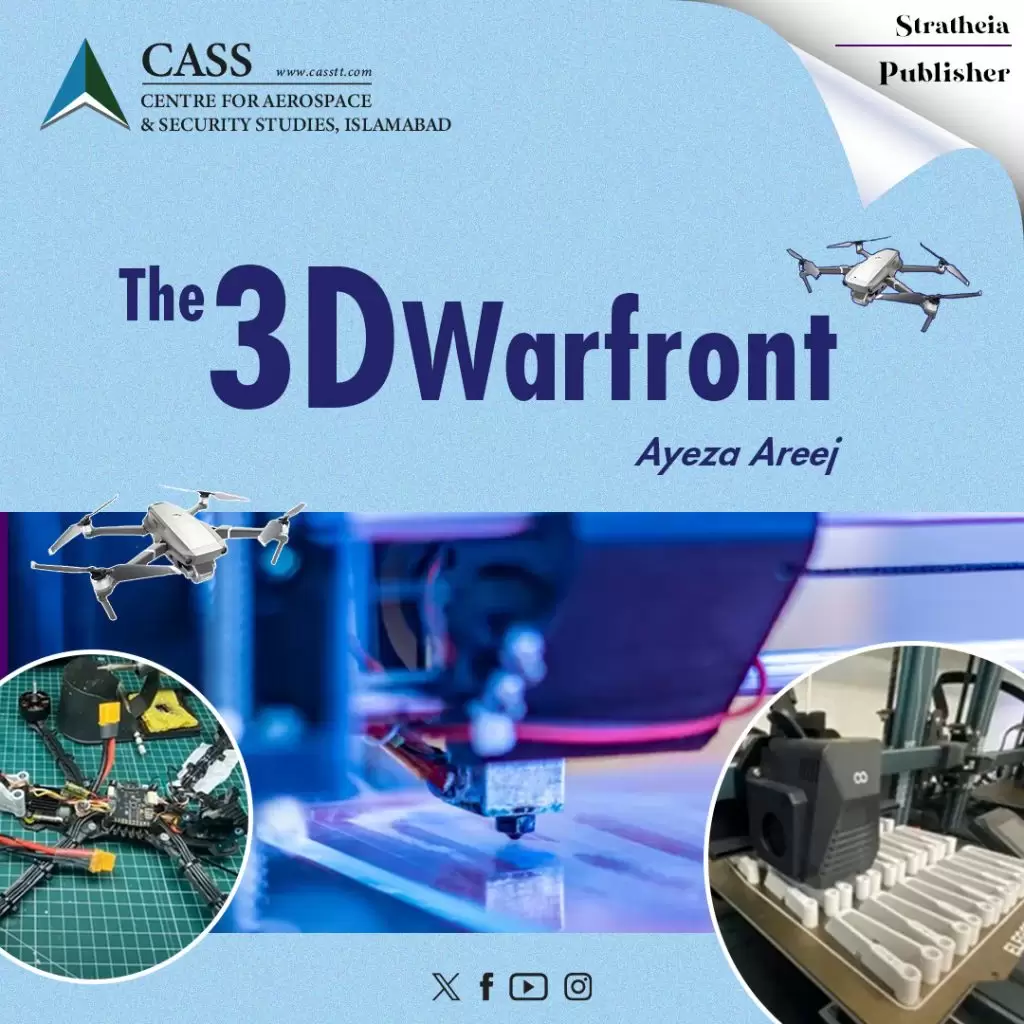The pace at which Taliban in Afghanistan are capturing city after city, is astounding to say the least. After President Biden’s announcement to withdraw forces from the country, Taliban-controlled areas have increased almost three-fold. The recent capture of Spin Boldak – Chaman border crossing, now means that the Taliban control trade routes with Pakistan, Iran and Uzbekistan. The revenues so collected will help them run their government affairs.
Taliban successes in general, and in the northern areas where they did not have much success even when they ruled Afghanistan in particular, are surprising. They are taking district after district without any battle or even slightest resistance from the Afghan National Army (ANA). Surrender without resistance suggests that the ANA was neither well-trained nor well-equipped. If that is the case, where did all the funding and equipment go? This responsibility lies squarely with the Afghan government which siphoned off money into their personal accounts. It’s widely known that US Special Representative Zalmay Khalilzad and Washington were also aware of the level of corruption both, in the Afghan government and those who could wield power and influence. Therefore, the US also shares the blame for failing to recognise or looking the other way at the corruption and poor state of the ANA. However, to hide their failures and corruption, the Afghan government and officials continue to blame Pakistan on one pretext or the other.
The US has lost its longest ever war after having spent almost 2 trillion dollars. It also finds it easy to blame Pakistan for her defeat and supports the Afghan narrative.
A recent tweet by the first Vice President of Afghanistan Amrullah Saleh, blaming Pakistan Air Force for issuing an official warning to Afghan Army and Air Force is another addition in a series of lies. He claimed that PAF had warned that any attempts to dislodge the Taliban from Spin Boldak would be repelled. While Pakistan strongly refuted the claim, Amrullah could not substantiate his statement.
The most recent attempt to malign and pressurize Pakistan was the alleged abduction and torture drama of the Afghan Ambassador’s daughter in Islamabad. Despite lack of cooperation by the alleged victim and her family, investigation by Pakistani law enforcement agencies unearthed the real facts, which were quite contrary to the family’s claims. To avoid embarrassment, the Afghan government recalled its Ambassador. As if already planned, the Afghan Ambassador, his daughter and entire embassy staff, along with all communication equipment, bolted from Islamabad.
While the lack of equipment held by ANA and its poor performance against the Taliban proves beyond any doubt financial corruption by the Afghan leadership, such baseless accusations also display the level of integrity of incumbent Afghan leadership. Additionally, using an Ambassador’s daughter for such plots also highlights the extremely low moral standards of the Afghan government.
Given the presence of a large number of troops, contractors and advisers, the US must have known the level of corruption as well as the actual state of training of personnel and equipment held by the ANA.
Being fully cognizant of the capabilities and limitations of the ANA as well as the Taliban, the US decision of a hurried withdrawal suggests sinister designs. In fact, the US forces also did not even bother to hand over bases being vacated to the Afghan military. Departure of US forces from Bagram in the middle of the night is a case in point. Such US actions prompted loot and arson.
The Northern Alliance was vehemently against any talks between the US and Taliban. After the start of US troop withdrawal, Taliban focused on northern Afghanistan and their rapid successes suggest that their advances were based on credible intelligence.
Concurrently, the US is also undertaking air strikes against the Taliban, at selected places. This suggests that the US not only planned to leave Afghanistan to a potential civil war, but is also playing an active role to ensure that the turmoil affects the entire region. This theory is further strengthened by India’s role in Kabul. India, the US’ strategic partner in the region, while trying hard to engage Taliban, is also supplying weapons to the Afghan government, thus increasing the chances of a bloody civil war. Both India and the US are also likely to support the warlords to keep the country in a state of internal war.
Pakistan shares an almost 2700km long porous border with Afghanistan. Taliban advances are likely to embolden Tehreek-i-Taliban Pakistan (TTP). Civil war in Afghanistan will also force people to take refuge in Pakistan. Refugee influx will also help miscreants to enter Pakistan with ease. This will create internal security problems and adversely affect the country’s economic conditions as well as engage the military in counterterrorism operations. Taliban successes in the North will also provide the US an opportunity to create instability in China through infiltrations.
Pakistan, therefore, needs to tread very carefully. While many, including the incumbent Afghan government, would endeavour to create a civil war-like situation, Pakistan in consultation with countries neighbouring Afghanistan must make efforts for a negotiated settlement. Regardless of the irresponsible statements coming from the Afghan government, Pakistan should avoid knee-jerk reactions. At the same time, the Afghan people must understand that the present regime in Kabul is the biggest hurdle in the peace process. At the first signs of Kabul’s collapse, they will all head out to countries in which they are seeking asylum.
The writer has served as Pakistan’s Air Adviser at New Delhi from 2002-2006, and is presently Director Strategic Defence & Security at the Centre for Aerospace & Security Studies (CASS). He can be reached at [email protected].
Image Source: Torfeh, Massoumeh. “Impending US retreat from Afghanistan is already raising alarm,” TRT World, 6 May 2021.





